2009: V13 — Nawa
First Battalion, Third Marines deployment to Helmand Province in 2009. This first part covers the early days of the deployment in Nawa, leading up to Operation Moshtarak in Marjah.
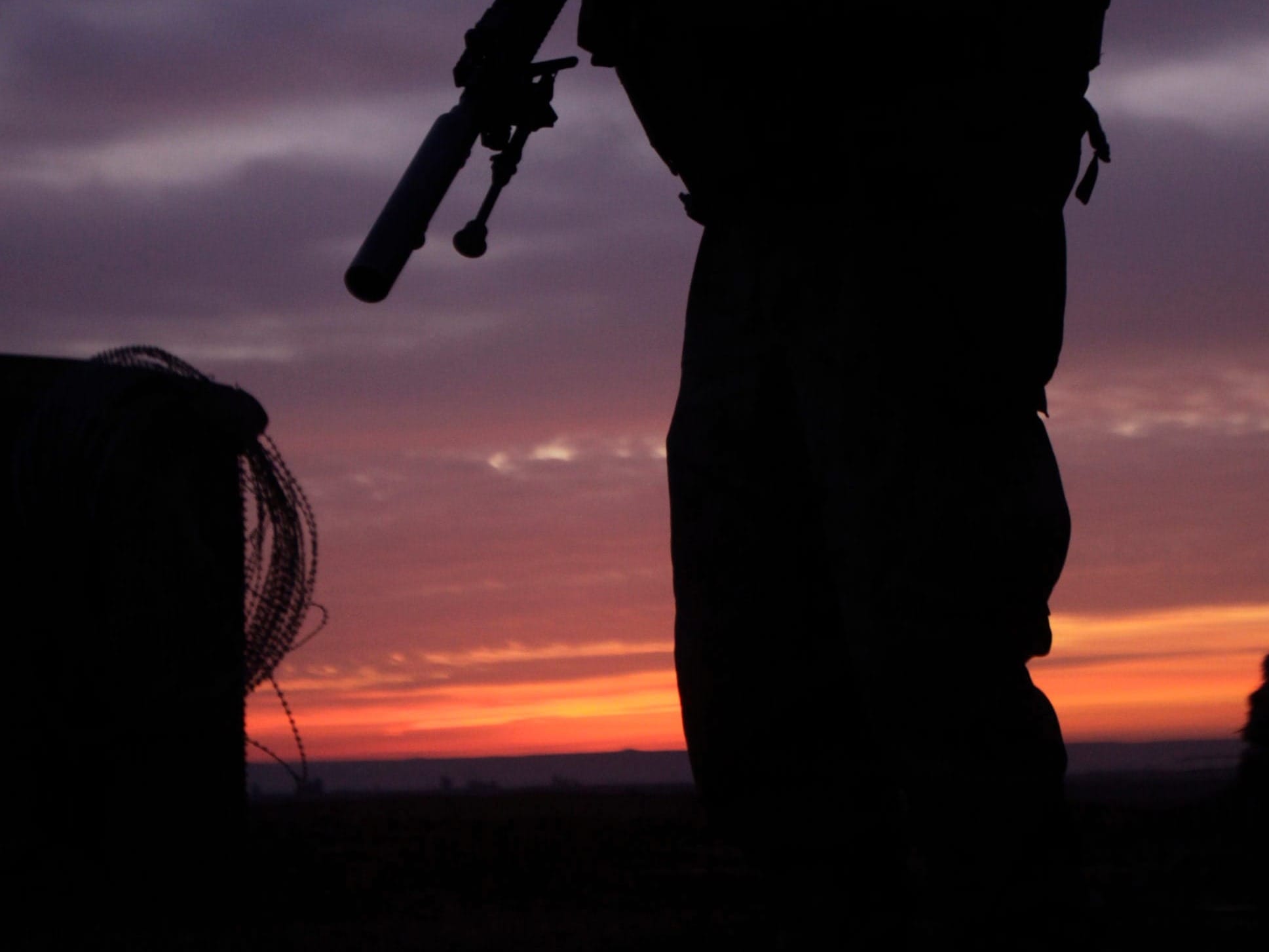
Helmand
In 2009, the insurgency in Afghanistan reached new heights. President Barack Obama authorized a surge of 17,000 additional troops. The situation in Helmand Province rapidly spiraled out of control. The Taliban controlled Helmand and Kandahar provinces following a major offensive in 2006. The British, responsible for Helmand Province since 2006, battled an enemy that fought in close-range firefights and utilized complex ambushes and IEDs. Of the 17,000 troops in President Obama's surge, 11,000 went to Helmand.
First Battalion, Third Marines (1/3) deployed to Helmand Province in November 2009, just before President Obama authorized an additional 30,000 troop increase across Afghanistan. 1/3 had extensive combat experience in the Global War on Terrorism, mostly fighting in Iraq. The Marines had just returned from a deployment to Karmah, Iraq, from 2008-09 and immediately began a work-up for their Afghan deployment.
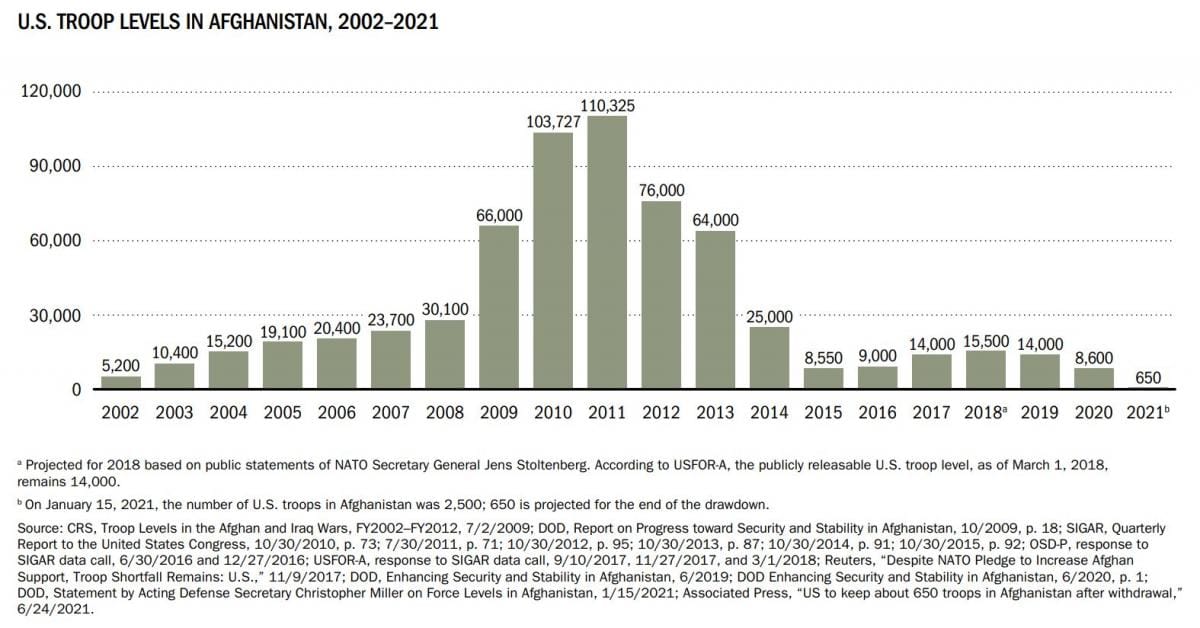
1/3 had one Afghan deployment under their belt. In 2006, the battalion deployed to the Korengal Valley in Eastern Afghanistan to assist the United States Army. At the time, the Korengal was one of the deadliest areas in Afghanistan. Four 1/3 Marines were killed in action (KIA) on this deployment.
But the Taliban 1/3 was about to face used slightly different tactics than those used in the East. In the Korengal, the Taliban used the mountainous terrain to their advantage. Firefights were fought from long distances. US troops defended Combat Outposts (COPs) from the top of hills. Steep valleys limited the US's ability to maneuver.
The terrain in Helmand was rugged desert and lush river valleys. The Helmand River, snaking its way from the Hindu Kush in central Afghanistan, was hugged by lush, dense, green farmland. While the desert allowed the Taliban to engage in long-distance firefights, the lush green zones provided dense concealment, allowing the Taliban to engage in close-range firefights.
Helmand neighbors Kandahar Province, the spiritual birthplace of the Taliban. And Helmand provided the Taliban with their most lucrative money-maker: opium. 90% of the world's heroin supply comes from Afghanistan. Helmand province alone provided 40% of the world's heroin supply. For the Taliban, this was more than defending their spiritual birthplace; this was defending the primary funds for their insurgency.
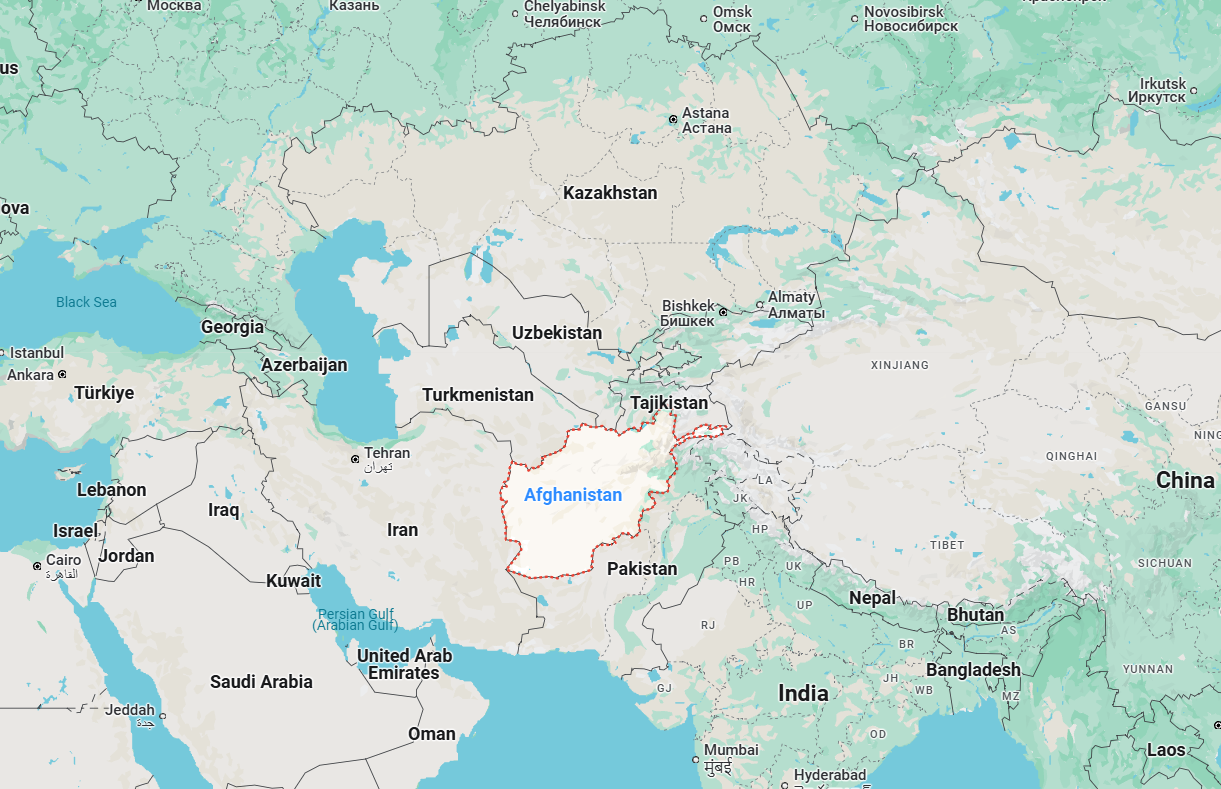

Location of Afghanistan and Helmand Province
The Marine Corps first operated in Helmand in 2008. 2/7 was deployed to assist the British, who were fighting an intensely violent battle in Sangin. The British had been fighting the Taliban in Helmand since 2006, and it had been the most intense combat for British troops since Vietnam. Over 100 British soldiers were killed in 2009. The troop surge from President Obama included a massive increase of Marines in Helmand, which caught the Taliban by surprise.
The Taliban used a district called Nawa-I-Barakzayi as a staging area for attacks on Helmand's capital, Lashkar Gah. The British attempted to clear the area in 2008 but were unsuccessful. In July 2009, the Marine Corps participated in Operation Khanjar and attacked three towns. 1/5 was assigned Nawa, and they hit the Taliban hard.
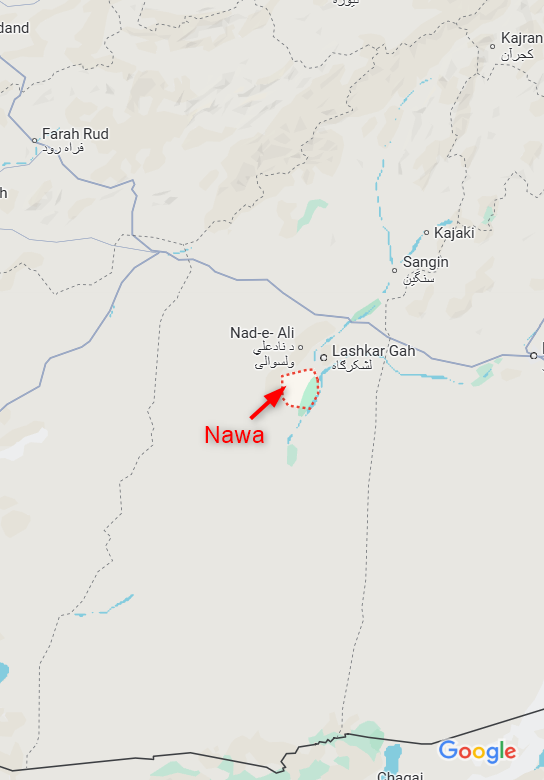
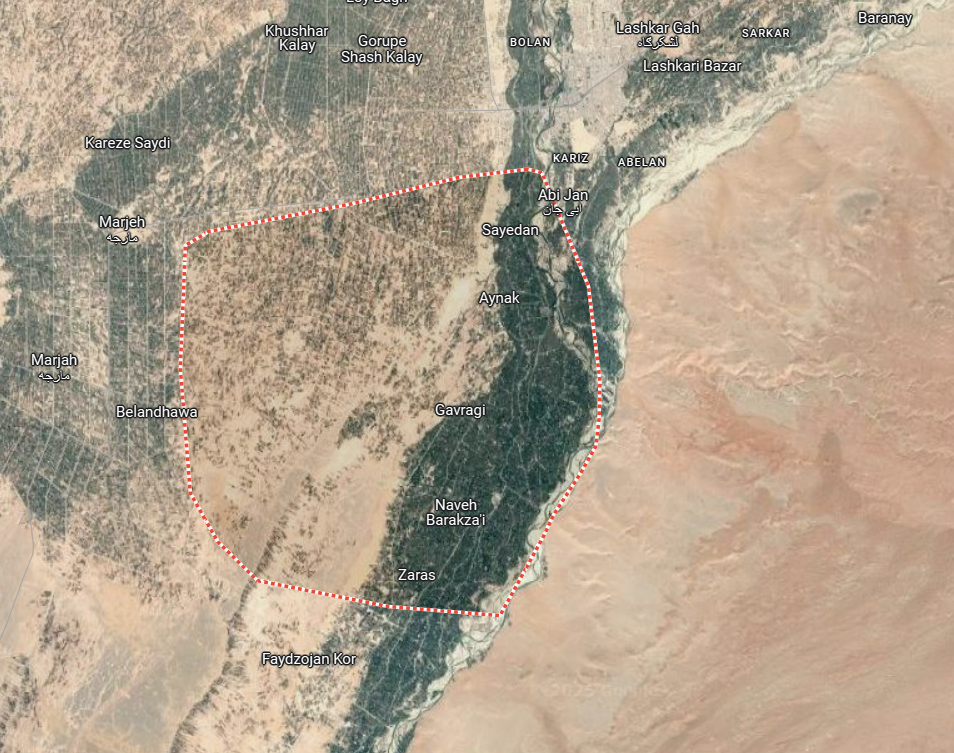
Location of Nawa-I-Barakzayi
1/5 set up FOB Geronimo and began setting up COPs and patrol bases (PBs). The Taliban moved to surrounding areas not occupied by NATO forces, but also remained in Nawa, observing how the Marines operated. By November of 2009, 1/3 was fighting a Taliban enemy weakened by the increase of Marines. But the Taliban were still watching and learning how their new enemy fought.
November 2009 - January 2010
FOB Geronimo became the home of 1/3's operations. But the grunts of 1/3 occupied numerous patrol bases (PBs) throughout Nawa. The PB was the heart of the Helmand Province experience—small unit leaders tasked with immense responsibility, living in austere conditions away from the chain of command.
Life at a PB wasn't like life on the FOB. Marines ate MREs every day. Local food depending on your AO and how the locals felt about you. There was no running water. Toilets were "wag-bags" that you disposed of in a burning pile of garbage called a burn pit. You either slept on a cot in a mud hut or under the stars on the ground. PBs were also much more exposed to Taliban attacks due to their remote location.
The fight was here. Led by young Non-Commissioned Officers and Lance Corporals (LCpl). 1/3 occupied around 25 PBs throughout Nawa, ranging from platoon-sized (roughly 60 Marines) to squad-sized (roughly 13 Marines).
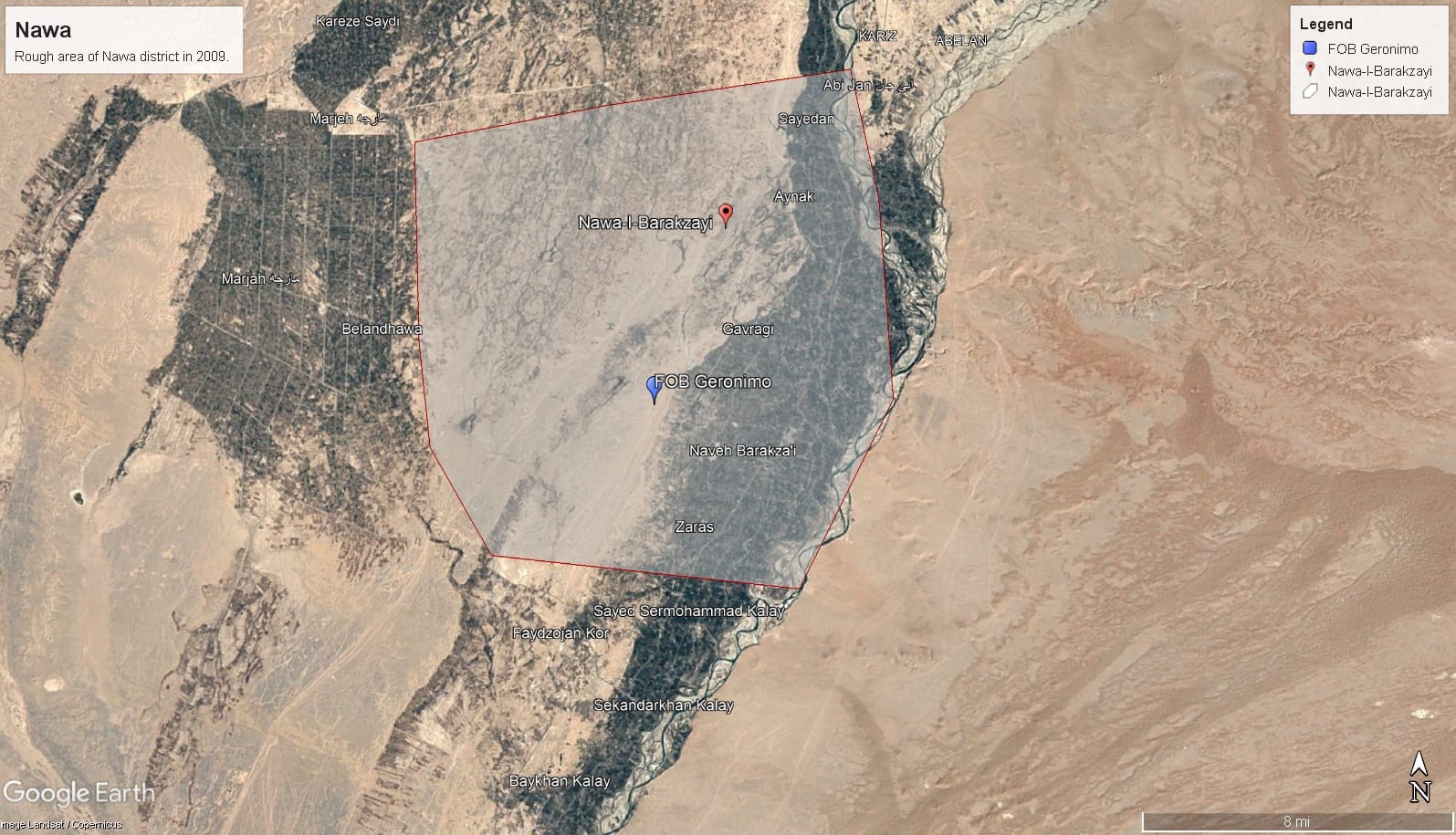
PB Brannon was one such base where Marines lived alongside Afghan National Army (ANA) soldiers. The ANA was not developed enough to lead operations on its own. They relied on their Marine counterparts to teach them how to fight in a counterinsurgency environment. PBs that housed Marines and Afghan soldiers created a unique mix of cultures. Afghans from every tribe across Afghanistan shared the austere living conditions with the Marines.
In southern Nawa, at PB Noba, Marines lived with the Afghan National Police. The ANP was less organized than the ANA and had a different focus. While the ANA was Afghanistan's army, the ANP was a national police force focused on local law enforcement. Despite the training received by NATO forces, the ANP was less organized than the ANA and was more likely to have double-agents working for the Taliban. There was a recent graduation of a NATO-sponsored police academy when 1/3 deployed to Nawa. This influx of ANP lived with the Marines in Nawa.
The Marines of 1/3 worked hand-in-hand with the local government. Building roads, clearing roads of IEDs, building schools, and providing basic infrastructure needs. An administrator even asked the Marines the following request: "Please, don’t let us be here alone. You used your young people, your vehicles, your helicopters to help us. Please don’t turn around and leave unfinished your business here.”
Weapons Company lived in Combat Outpost (COP) Sullivan. A smoldering burn pit, the COPs centerpiece. Gravel to combat the dust and mud. Mortar tubes. Sandbag posts. Fighting cocks that belonged to the ANA. PVC tubes stabbed into the ground at odd angles: piss tubes. A step up from the more austere PBs in size only.
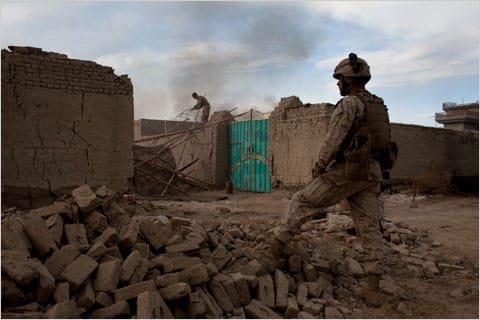
What makes COP Sullivan stand out above the other PBs is that it's known to the locals as "The Mansion." Before the Marines and ANA occupied it, this was the home to a drug lord. Haji Adam was building the compound right as 1/5 moved into Nawa. They detained him and took over the building, which 1/3 took over.
1/3's deployment in the winter months meant dealing with the bitter cold. Temperatures dropped below freezing at night. The Taliban used the cold months to rest and recoup before launching their annual fighting season for the summer months. The Marines of 1/3 patrolled, rotated post at the PB, and then patrolled some more.
This also gave the Taliban the opportunity to watch and learn how their Marines differed from the British.
LCpl David Lee of Alpha Company stepped on an IED that failed to detonate outside PB Common Sense. The IED was command detonated, meaning someone was watching the patrol and waiting for the right moment to detonate the IED, a buried 82mm mortar round. The charge failed to explode and sent smoke from the ground as LCpl Lee walked over the IED.
In January 2010, three Marines from 1/3 were killed by IEDs. LCpl Timothy Poole stepped on an IED and was killed on Jan. 24, 2010. Lance Corporal Mark Juarez was KIA when his MRAP ran over an IED. The blast also killed a British journalist, Rupert Hamer, and wounded five Marines. Lance Corporal Jacob Meinert stepped on a pressure plate IED while his platoon (3rd Platoon, Bravo Company) was engaged in a firefight.
Some newspapers claimed that Nawa was cleared of Taliban the previous summer; however, they were still inflicting damage.
While the Marines of 1/3 learned their AO, the Marine Corps was planning one of the largest combat operations of OEF: Operation Moshtarak.
Up Next: I'll be writing stories specific to the experiences of 1/3 Marines in Nawa just before Operation Moshtarak in Marjah. If you want to share your experience, please reach out via email: war.on.ice0341@gmail.com
If there are any inaccuracies, please let me know immediately. These posts are written from research of award citations, after-action reports, articles, and first-hand accounts.
